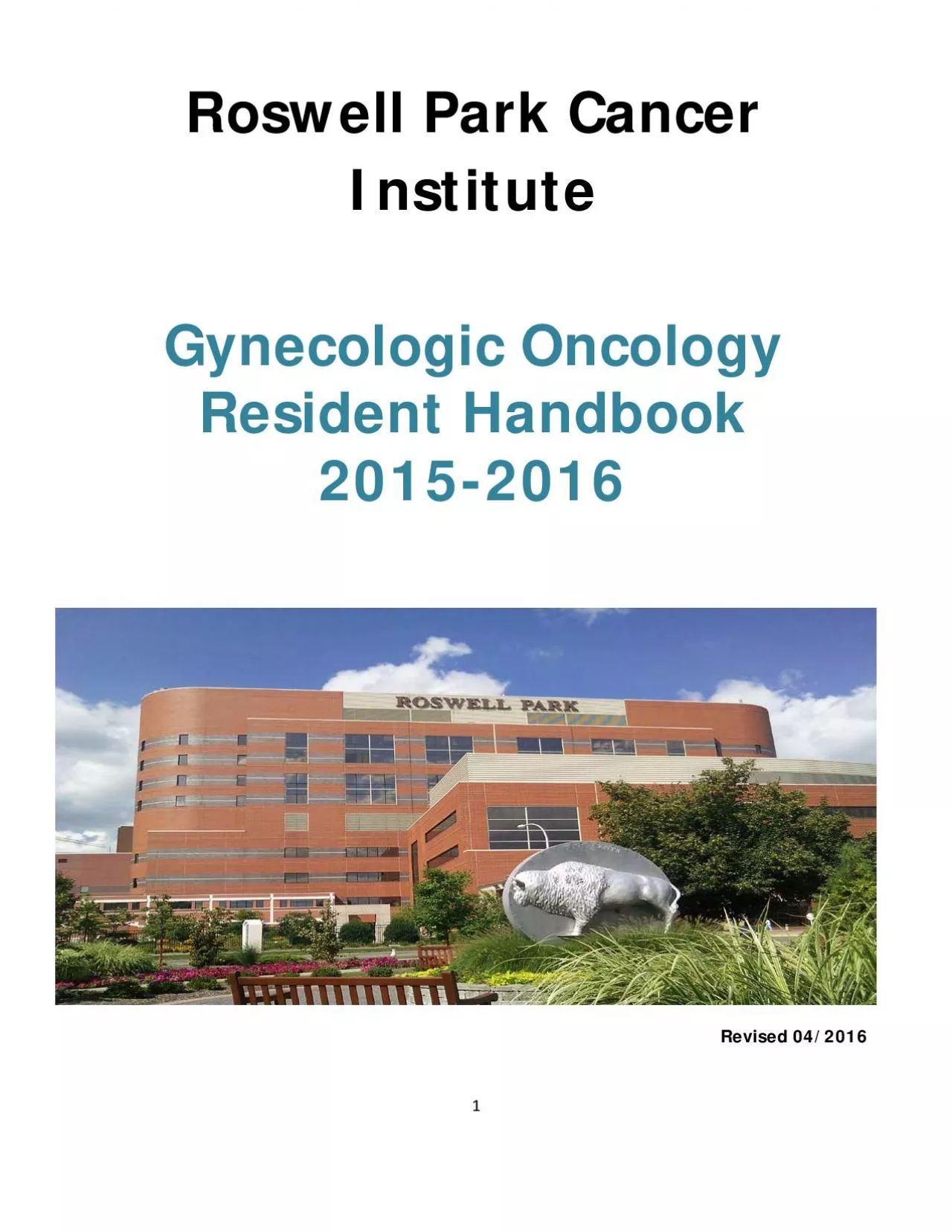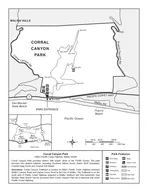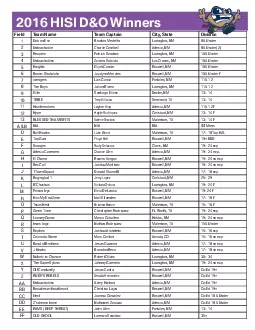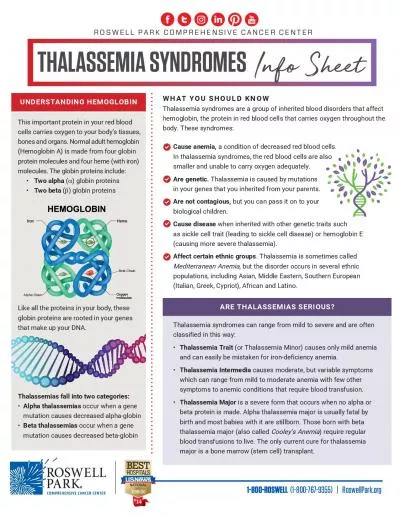PDF-Roswell Park
Author : linda | Published Date : 2022-10-12
Revised 042016 Cancer Institute Gynecologic Oncology Resident Handbook ACKNOWLEDGEMENTS This handbook would not have been possible without the contributions inspirations
Presentation Embed Code
Download Presentation
Download Presentation The PPT/PDF document "Roswell Park" is the property of its rightful owner. Permission is granted to download and print the materials on this website for personal, non-commercial use only, and to display it on your personal computer provided you do not modify the materials and that you retain all copyright notices contained in the materials. By downloading content from our website, you accept the terms of this agreement.
Roswell Park: Transcript
Download Rules Of Document
"Roswell Park"The content belongs to its owner. You may download and print it for personal use, without modification, and keep all copyright notices. By downloading, you agree to these terms.
Related Documents














